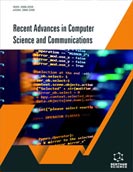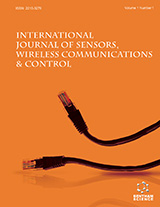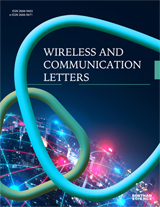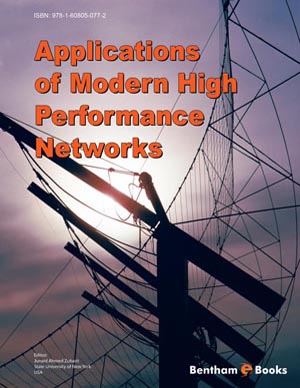Abstract
Many bird species are rare nowadays, and when they are found, they are
difficult to classify. As an example, in various scenarios, birds include different sizes,
forms, colors, and a person's viewpoint from different angles. Although domain
specialists can classify birds manually, with increasing volumes of data, this becomes a
tiresome and time-consuming procedure. Using our approach, we can reliably and
quickly identify bird species. It is now feasible to track the number of birds as well as
their activity using automated bird species recognition and machine learning
algorithms. Convolutional neural networks (CNN) were chosen above standard
classifiers such as SVM, Random Forest, and SMACPY. For this system, we used the
“BirdCLEF 2021” dataset from Kaggle. The input dataset will be preprocessed, which
will involve framing, silence removal, and reconstruction, which will be supplied as
input to a convolutional neural network, followed by CNN modification, testing, and
classification. To avoid overfitting, we add a dropout layer. Preprocessing includes
importing the Librosa library. MFCC is a program that extracts distinct characteristics
from audio files (Mel-Frequency-Cepstral-Coefficients). The MFCC summarizes the
frequency distribution over the window size, allowing for sound frequency and
temporal analysis. The result is then compared with respect to the pre-trained data, and
output is shown, and birds are classified based on their classes.
Keywords: Bird sound classification, Classification, Convolutional neural networks (CNN), Dataset, Librosa, Mel-frequency-cepstral-coefficients (MFCC), Pre-processing, Random forest, SMACPY.






















